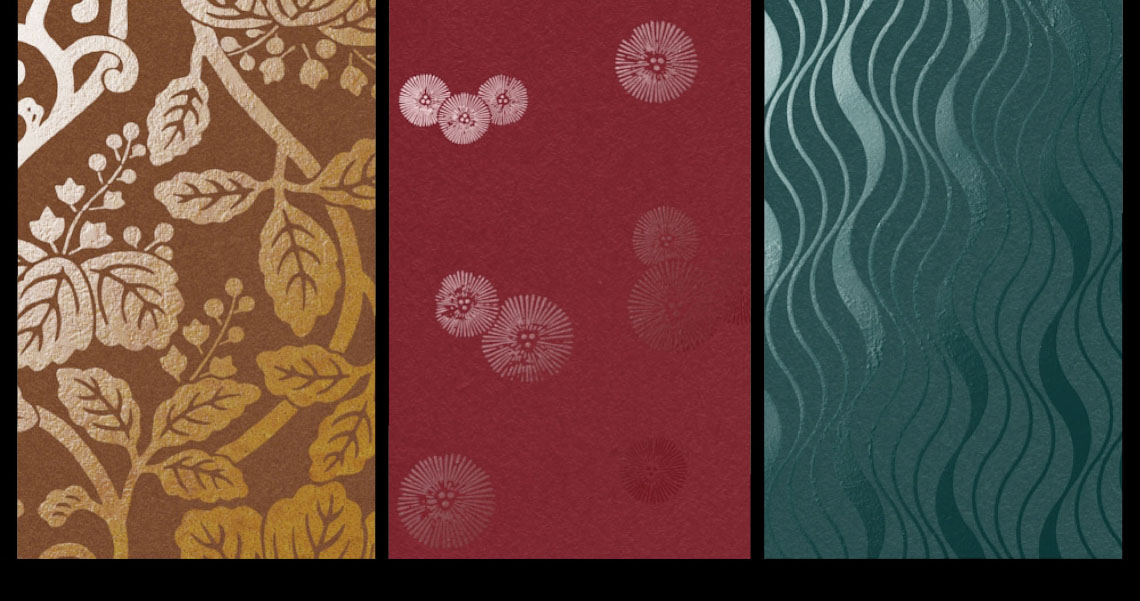
URUSHI KARAKAMI
WHAT IS URUSHI?
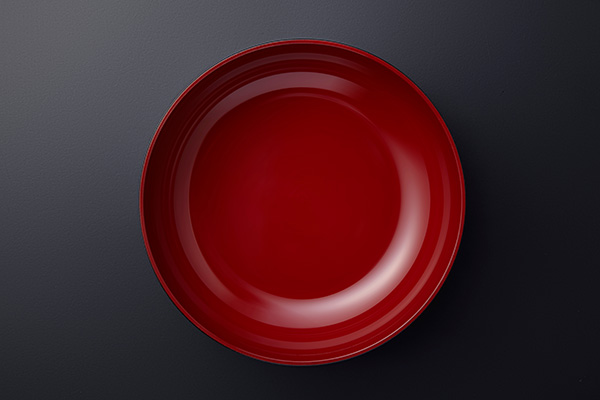
MORE
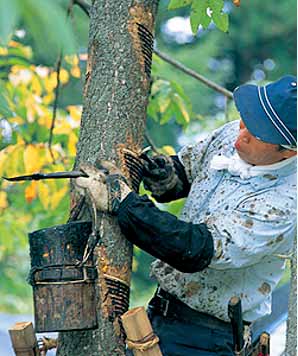
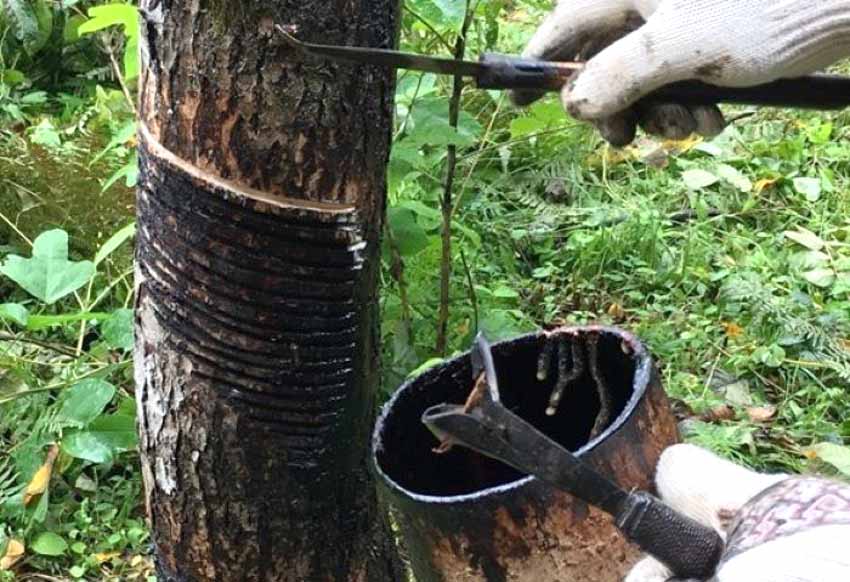
Initially Urushi was used as an adhesive for weapons and implements used in hunting. Later Urushi lacquer was developed as a coating for decorative objects, adding creativity and refinement to the advantages of its protective and resistant nature. It is said that the word URUSHI was derived from the words “URUWASHI – meaning beautiful” and “URUOSHI – meaning moisture” because of the shininess of its surface. The Chinese character representing the word “Urushi” contains symbols for water, tree and man, which explain well the characteristics of Urushi. Urushi’s unique texture and brilliance match the Japanese people’s sense of beauty which led them to develop Urushi lacquer ware. Through its long history Urushi lacquer ware has fascinated not only the Japanese people but also many people around the world.
In English lacquer ware is called “japan” (like ceramic ware is called china), reflecting the history of Urushi lacquer ware in Europe as one of the most typical objects imported from Japan. Even today Urushi lacquer ware and lacquer crafts are one of the most representative traditional cultural objects of Japan.


